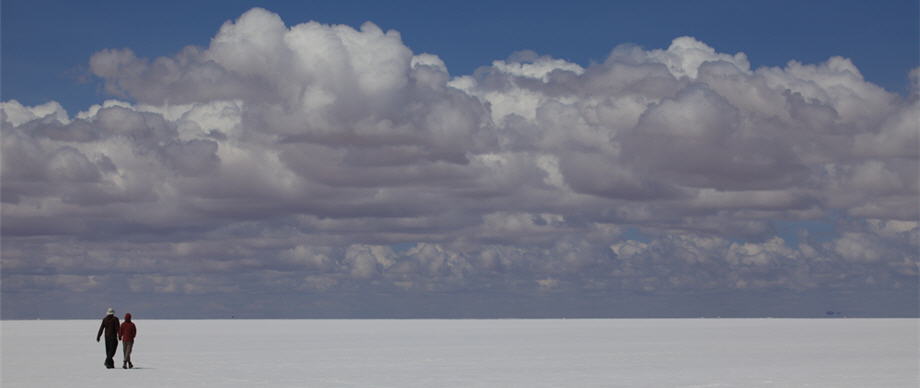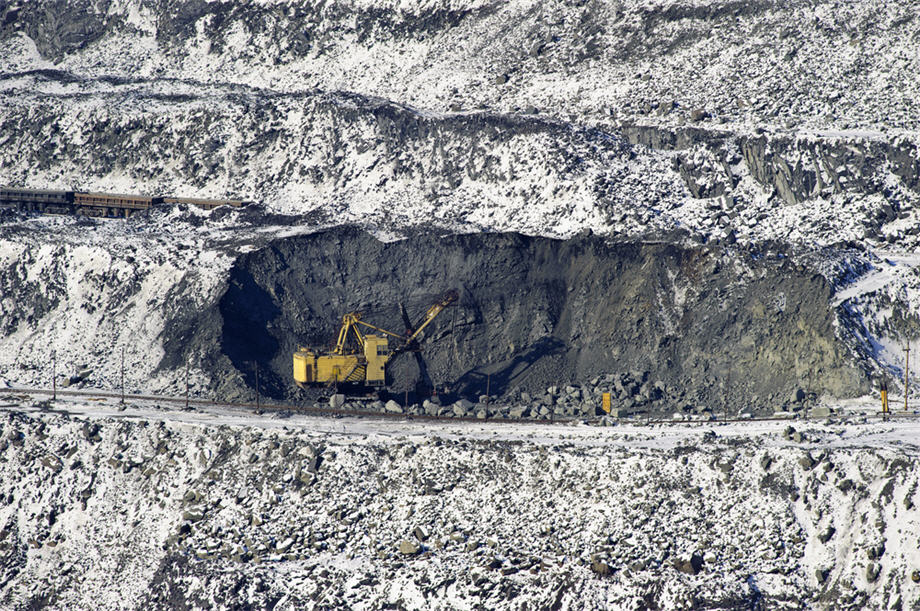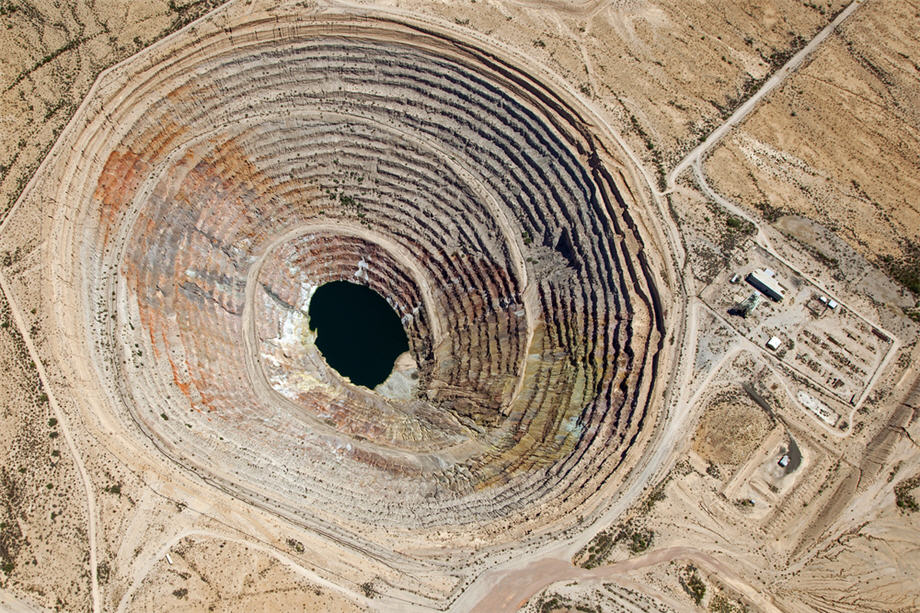
Patrick Corser, senior VP at MWH Global, met with MINING.com in mid-October to discuss managing water at mines. MWH Global is a global infrastructure engineering firm that provides technical engineering, construction services and consulting solutions to protect, enhance, store and distribute water. Mine Water Solutions in Extreme Environments conference is being held in April 2015.
MINING.com: Why is water management so important?
Patrick Corser: You know, I have had a chance to work in a variety of environmental settings, climate settings, topographical settings and geochemical settings. In my experience water management is extremely important to make a site work. I think there are two critical points: one is that there is a comprehensive water management plan that can be communicated to the stakeholders and to the community members to ensure the mine has its social license to operate. And also the mine itself must know how to make sure it has enough water for normal operating conditions and extreme operating conditions.
MINING.com: What is an extreme environment for water management?
Patrick Corser: You know there is a whole range of extreme conditions, but the most obvious ones would be a very wet site or very dry site. At a wet site you are interested in how much water you’ve got to get rid of; how you control and divert water; how you discharge water; and whether water meets environmental standards. At a dry site it’s whether you can find enough water to continue your operation during the life of the mine.
MINING.com: In an extreme environment what are the practices that would tie together a wet and dry environment?
Patrick Corser: First let me clarify there are a couple of other extreme environments. There are very cold climates. It could also be very stringent regulatory situations—that could be viewed as an extreme climate. And then there could be situations where the water quality is impacted by reactive mine waste. So what is the common practice amongst all those conditions? I really think it’s a comprehensive water management plan that will address not only the specific facilities, but whether it’s a tailings facility, a pit, a waste rock pile or whether it’s a site with all these facilities tied together, or even if it’s at a regional basin affecting the surrounding community.
It’s also important that a water management plan address different time frames during construction, during operations and during closure, and even during post closure. So I think that it is important that it encompasses both those conditions—those sites as well as those time frames. It’s even important to consider extreme events that could occur within those time frames such as extreme shortages, extreme rainfall, extreme weather conditions—all those are important to developing a comprehensive water management plan. And I think that is what ties together all those extreme sites.

Extreme environments for water management can range from wet to dry mining sites. Mining sites that are hot or frozen can also face extreme water management challenges.
MINING.com: What are some of the regulatory challenges that miners are facing?
Patrick Corser: Well I think its both that there is a limited amount of water on the planet, and there is an increasing population growth. It’s larger cities, more congested cities, additional industrial development in rural areas for agriculture to support feeding the increased population—that all requires water. And there is a limted resource available, so everyone is much more concerned about how to use and manage that water productively. The protests we see around mine sites have been around water. And I think if you look at a recent article from Ernst & Young a number of CEO’s in the mining industry felt that access to water and energy was one of the key risks the mining industry faces.
MINING.com: What are some of the trends coming up in water management?
Patrick Corser: I think there has been a lot of work that’s been done around development of what the water management plan is. And that is associated with water balances, even contaminant balances within the water balance. I think that is important to develop that for the scale and the time frame that I mentioned. But maybe more importantly it is communicating to stakeholders and to communities—because many times they will ask us for things that are impossible—what is possible. What can we do working together to manage water? I think the industry has also developed some new innovative technologies for treating water with increased regulatory scrutiny on discharge standards. Treatment is very important, as well as the recycling of impacted water within a mining operation.
MINING.com: There is a conference coming up in April. Why should someone attend?
Patrick Corser: The name is Mine Water Solutions in Extreme Environments. And I think you really need to focus on that title—Mine Water Solutions. We’re really looking for people to come together from around the globe from different environmental, climatic conditions and talk about solutions that have worked. I think that it is really important for the industry to hear what other people have done, what their successes have been and maybe what has not worked. So we as a professional community can learn from our colleagues in other parts of the world.

Looking into an Open Pit Mine near Casa Grande, Arizona